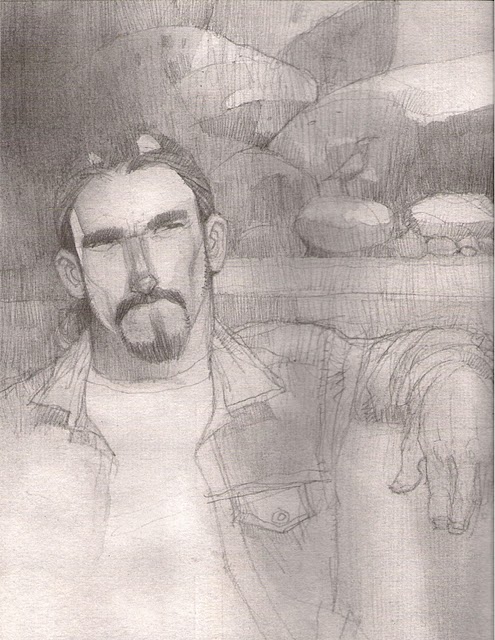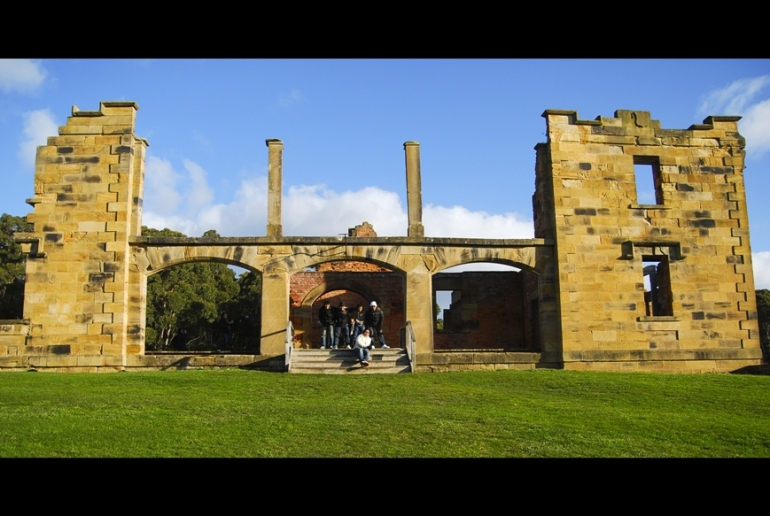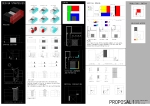The design for our sukkah resonates with the form of the mystical and biblical creature of the Leviathan. Its history dates back to the book of Genesis during God’s fifth day of creation during which he formed, “all the birds of the skies and all the creatures of the sea”. The Leviathan is commonly associated with a whale or large sea creature, dwelling in the sea. In Hebrew history the Leviathan is to be slain, and its skin used to cover a tent for banquet, and the righteous are to feast upon its flesh.
The formal generation of our Sukkah comes from the overall skeletal structure of the Leviathan. Using straight and steam bent wooden members that interlock, we wanted the sukkah to curve and twist in much the same way that the spine of the whale works. The correlation to the skeletal structure of the whale was our inspiration for the formal curves and shifts employed in our sukkah.
Two separate sets of members twist and interlock to form necessary structure as well as a roof for shading and also an area for seating. The idea is that there would be an area for seating in the more open end of the structure where people could eat and gather together. The inner, more enclosed space of the sukkah is meant for more intimate gatherings and sleeping. Most of the sky is exposed so that a clear view of the stars can be seen each night during the festival of the Sukkot.
Via Sukkah City



























